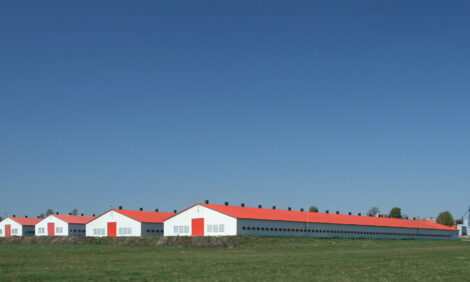



Variability of Corn DDGS Prompts Need to Measure Nutritional Profiles
GLOBAL - The added nutritional variability caused by the extraction of oil from corn dried distillers grains with solubles has raised the need for tools that will provide accurate estimates of the energy values of these ingredients, according to an animal science professor with the University of Minnesota.The vast majority of US ethanol plants use corn. The starch in the corn is converted into ethanol leaving dried distillers grains with solubles, or DDGS, a byproduct used primary in livestock rations.
Dr Gerald Sureson, an animal science professor with the University of Minnesota, says the nutritional value of DDGS has always been fairly variable and now it's even more variable.
"Probably over about the last year and a half the ethanol industry has been looking for ways of increasing revenue. Profit margins for ethanol production, partly due to high corn prices and lack of corn availability, have caused these plants to ask what else can we market that will bring more revenue or potentially get us back into the positive profit margin," Dr Sureson said. "There's a fairly new technology. It's fairly simple but many of these ethanol plants, as a matter of fact probably 60 to 70 per cent of the industry now, has been extracting some of the corn oil out of DDGS because there's a very high demand in the US for not only corn oil but other vegetable oils and animal fats to go into the biodiesel industry."
It's been a lucrative market and ethanol plants have responded by extracting some of the oil, he added. The difference now is that many of these ethanol plants or DDGS sources, so instead of containing 10 to 12 per cent oil, they now contain maybe seven to eight per cent because of the partial oil extraction.
Dr Sureson notes nutritionists like predictability and consistency in the ingredients they use so one of the biggest challenges, as the US ethanol industry evolves, is how to manage this wider diversity of corn co-products.









